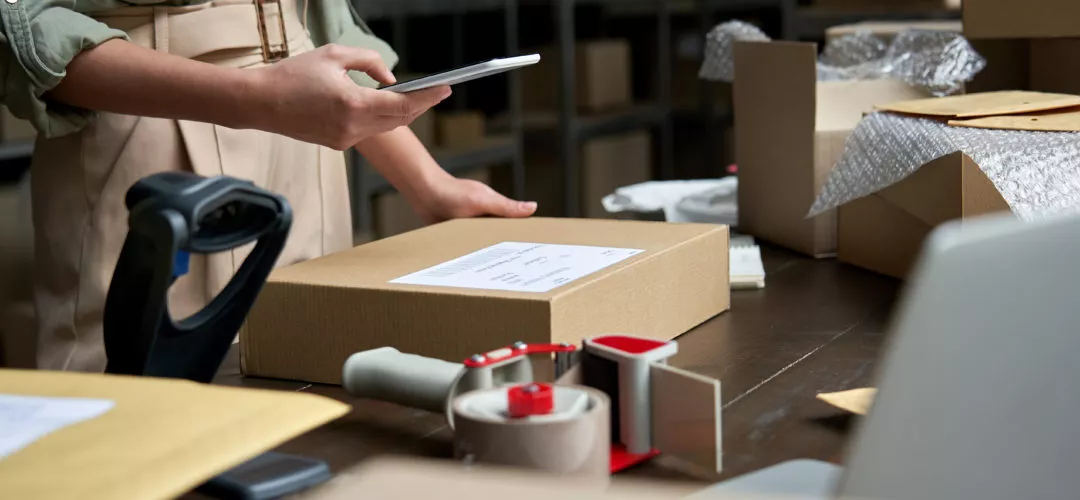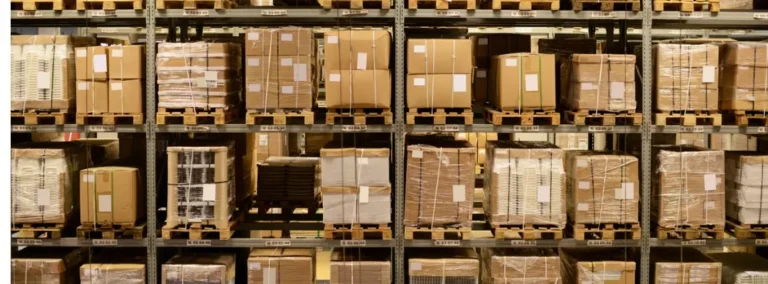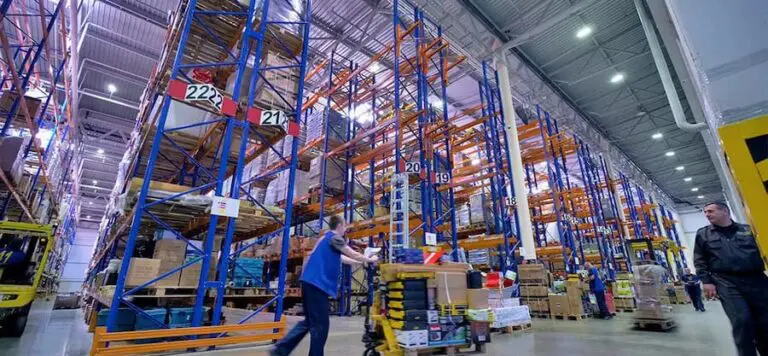FBA vs. FBM vs. 3PL: Which Is the Best Ecommerce Logistics Solution for You?
Consumers agree on one thing during the sales order process: getting the product delivered on time. Logistical competition has created a confusing playing field regarding which company has the best Ecommerce logistics solution.
The logistical industry is vast. There are companies working strictly with B2C, B2B, or C2C segments. Selecting the right strategy to get products to consumers requires understanding what types of logistical options are available. Failing to pick the right company can lead to warehousing delays, delivery delays, missing shipments, and damaged products.
There are three potential solutions that stand out more than the rest: Fulfillment by Amazon (FBA), Fulfillment by Merchant (FBM), and Third-Party Logistics (3PL). Let’s look at what each logistical solution brings to the supply chain delivery dock and which are the best Ecommerce solutions for companies.
FBA VS. FBM VS. 3PL
We will first review what each of these logistical solutions are in the industry. Then we will compare them head to head based on several factors.
FBA
FBA is Amazon’s 3PL business. It was named Amazon FBA for branding purposes. Amazon is one of the largest logistics providers in the world to allow businesses to sell nearly any product over its marketplace platform. The basic logistical process entails shipping the company’s products to Amazon fulfillment centers. Then the company features the products on the Amazon platform as Amazon takes care of the order process, picking, packing, and shipping methods.
FBM
FBM involves the merchant handling all the picking, packing, and shipping methods. The merchant may advertise its products on several platforms, including Amazon. However, it will handle all handling and shipping processes — including deciding on which logistic strategies and solutions to take. The seller normally takes on all customer service.
3PL
For 3PL, your company outsources the logistics side of the supply chain to other companies. It will house the inventory until a sales order is placed. Then the provider will pick and pack the orders as well as decide on the best logistical strategies and routes for the shipment. Since companies have different types of supply chains and products, there are many kinds of 3PL companies that provide varying options to customers. The main advantage of a 3PL is that it handles the storage and shipping of products while the business owner can focus on other processes — such as product development, marketing, and sales tasks.
While FBA, FBM, and 3PL share many similarities, they also offer key differences that can factor into whether they make the best Ecommerce logistics solution.
Major considerations include the following.
Customer Service
Customer service is an integral aspect of any business. How you interact with customers and solve their problems can help to further brand your business. When it comes to FBM and many 3PLs, you are in control of how to handle customers. By providing enhanced customer service, you dictate the best way to please customers, based on their particular concerns.
On the flip side, FBA offers customer service as a part of its features. FBA handles all concerns, complaints, and questions through the Amazon marketplace. While this offers some convenience to business owners who may not have the staff or time to take on customer inquiries, keep in mind that Amazon customer service is the same for every merchant. That said, your company will not differentiate itself from other companies that are using the same platform.
In summary:
- FBA vs. FBM: Depends on who you want to control customer service: Amazon or your sales representatives. With Amazon customer service, you cannot further brand or upsell your products to customers.
- FBA vs. 3PL: 3PLs will allow you to control customer service to provide customers with a pleasing experience, as FBA will place all the work on Amazon staff.
- FBM vs. 3PL: They both allow the company to handle customer services. Though 3PL will take on the other logistical tasks to free time and resources so you can further please your customers.
Customizations
When it comes to customizations, you must determine which processes you want to take out and which would be better for another company to handle. Since your operations have developed the appropriate processes for your products, it can sometimes be difficult to conform them to an outside company’s processes to leverage its logistical strategies.
This problem is significant when working with FBA. Amazon has a strict set of processes by which must be abided to work with its platform. Furthermore, that platform may not be suitable or scalable to your operations. The other logistical solutions do not all have such requirements.
In summary:
- FBA vs. FBM: You must work with Amazon’s processes to get products to customers. It offers little in terms of customizations. You are in greater control with FBM.
- FBA vs. 3PL: While Amazon’s FBA is still technically a 3PL company, other 3PLs tend to be more adaptable. They may offer customizations that align to your supply chain processes.
- FBM vs. 3PL: Due to a 3PL’s adaptability and scale, it can take on the processes with which you require help while allowing you to handle other specific processes. A 3PL can do the logistical heavy lifting that can be too much for some companies — such as startups and small businesses.
Branding
A company needs to pursue all branding opportunities to find more customers that want your product. Packaging and brand labeling are two areas that can help with marketing your company. When comparing for the best Ecommerce logistics solution, FBA comes last. FBA uses its branded boxes and labels to ship products. FBA offers no brand labeling to customers’ businesses.
On the other hand, 3PLs will allow customers to have branding on their boxes and labels. A company can place any type of logo, color, or other branding on its packages before shipment.
In summary:
- FBA vs. FBM: Amazon does not allow brand labeling on its packages, while your company fully controls brand labeling with FBM.
- FBA vs. 3PL: Unlike FBA, 3PLs will allow any type of logo or branding on packages and labels.
- FBM vs. 3PL: FBM and 3PL allow company branding. The difference is that 3PLs can also take on the work of picking, packing, and logistical routing for the package to the benefit of the merchant.
Storage Costs
Storage cost is one of the many reasons companies are switching from FBM to 3PL and FBA services. Both logistical solutions take on the warehousing operations for the customer at more competitive rates. Unfortunately, price increases and hidden fees have been a sticking point with FBA. Also, FBA periodically increases its rates during holiday seasons, which can eat into whatever seasonal profits your company was expecting to make.
In summary:
- FBA vs. FBM: Companies take on the storage processes and costs for FBM. While FBA is designed to provide storage solutions at cheaper prices, you must be careful to see if its regular price increases and seasonal fees will eat too much into revenue.
- FBA vs. 3PL: While both operations provide storage solutions at cost-effective rates, 3PLs tend to be more upfront about their costs and may provide variable rates based on the amount of storage space your products require.
- FBM vs. 3PL: An FBM provides full warehouse operations and prices to the company. However, these costs can be too much for many businesses. A 3PL can offer more competitive rates and cost-effective prices.
WSI’S ECOMMERCE LOGISTICS SOLUTIONS
When it comes to finding the best Ecommerce logistics solution, 3PLs offer a range of features that can help businesses store and ship their products. They also allow companies to further brand their products while providing a more pleasing customer experience. If you are looking for the best 3PL for Ecommerce, turn to WSI. We offer order fulfillment and tracking, custom packaging, and inventory management solutions to help your company succeed.
Contact WSI to learn more.
About the Author

WSI Team
WSI is one of the largest privately held 3rd party logistics companies in the U.S. and spans a nationwide distribution network with global logistics reach.








